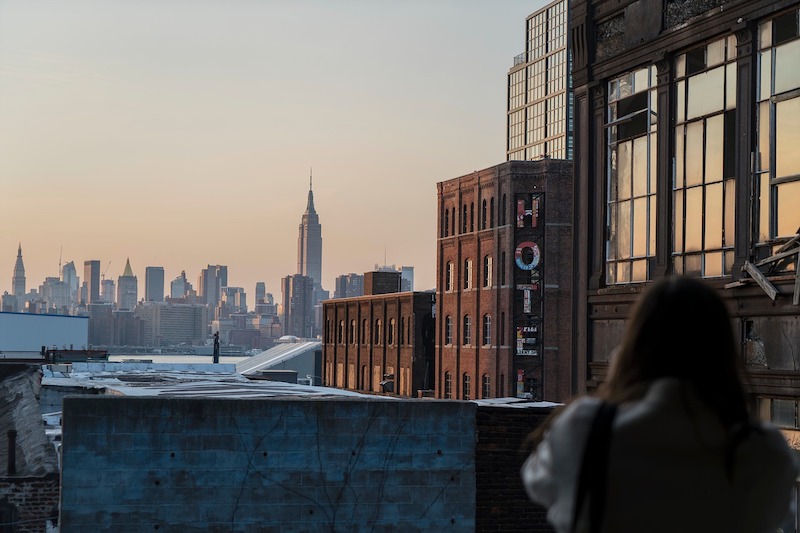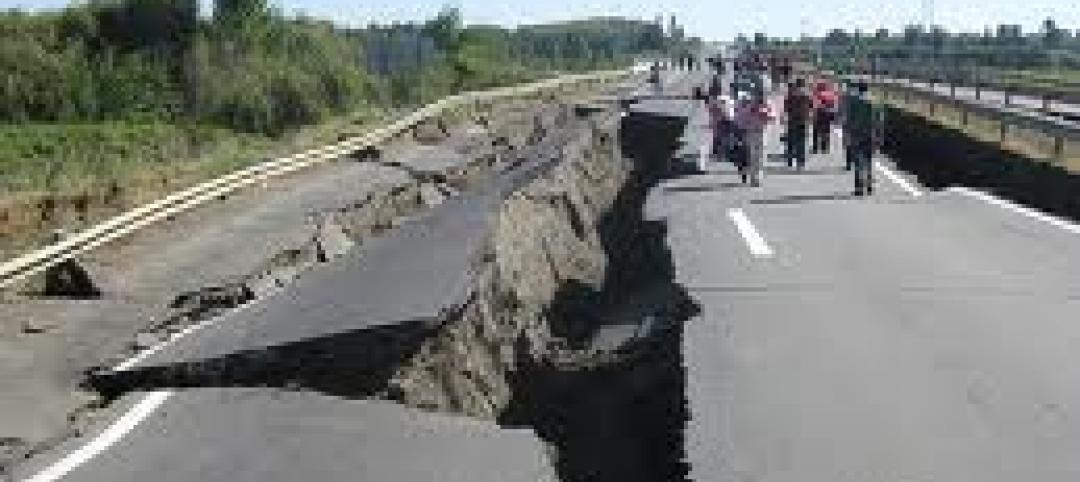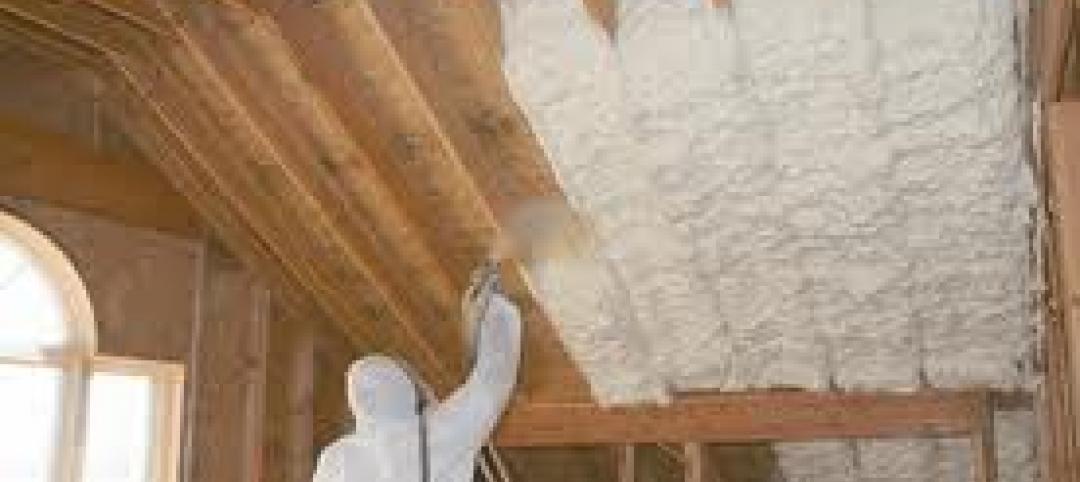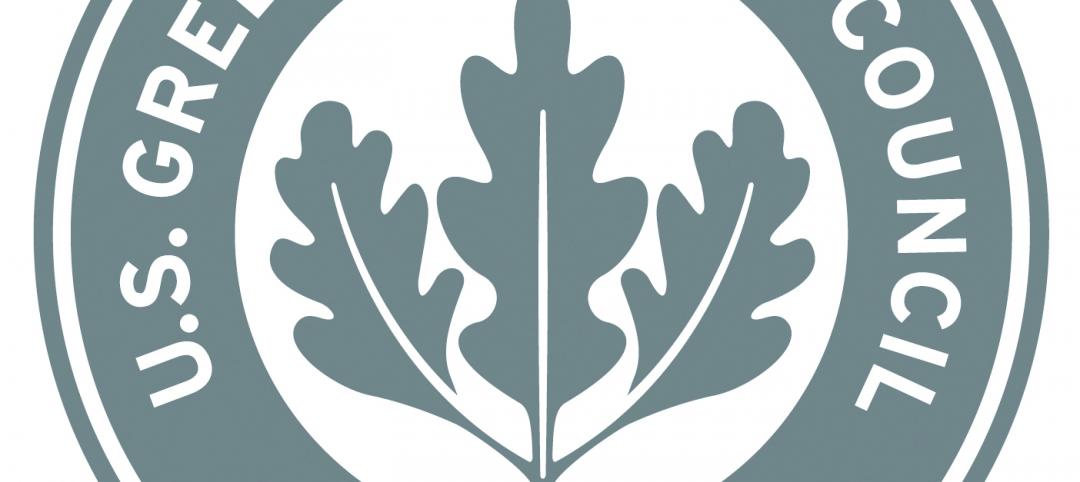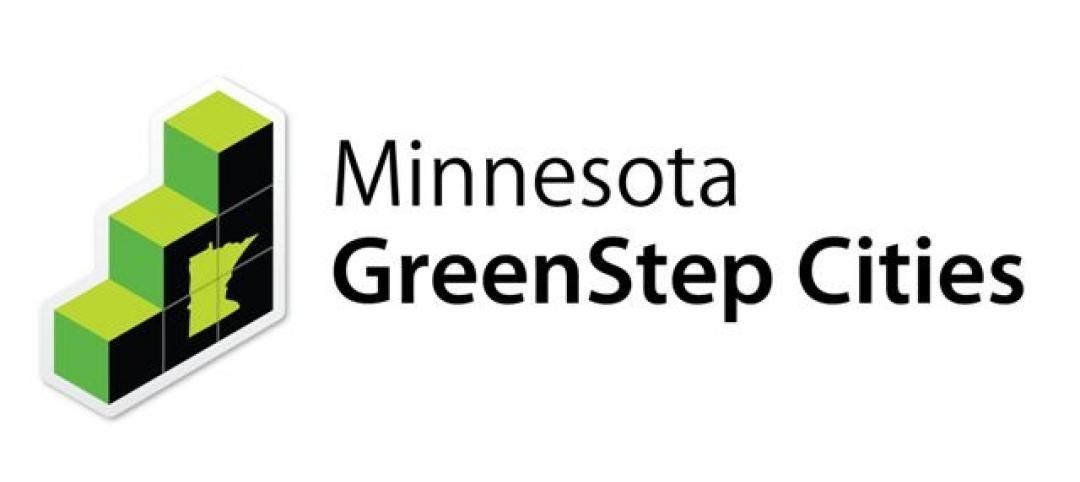In its fall report, buoyed by a steady consumer-driven economy, analysts at Lodging Econometrics (LE) reported that the total U.S. construction pipeline stood at 5,704 projects/700,496 rooms, up 6% by projects and 8% by rooms year-over-year (YOY). Pipeline totals continue to climb closer to the all-time high of 5,883 projects/785,547 rooms reached in the second quarter of 2008, and are just 179 projects shy.
In its eighth consecutive quarter of growth, projects currently under construction stand at 1,729 projects/235,278 rooms, the highest count recorded since the second quarter of 2008. Projects scheduled to start construction in the next 12 months, currently 44% of all pipeline projects, was 2,479 projects/286,125 rooms, very close to the all-time high set in 2009. It’s up a whopping 16% in projects and 13% in rooms, YOY. Projects in the early planning stage stand at 1,496 projects/179,093 rooms.
But as a result of declines in commercial investment brought about by the indecision caused by the global slowdown and the prolonged tariff imbroglio, this is the second quarter in a row where construction starts have declined, an indicator that pipelines growth may top out in late 2020/2021.
Through the end of the third quarter, 704 new hotels with 81,111 rooms opened across the U.S. with another 299 projects/33,059 rooms expected to open by year-end. New hotel openings in the LE forecast for 2020 stand at 1,112 new hotels/122,702 rooms followed by 1,126 new hotels/130,447 rooms scheduled to open in 2021.
This quarter is the first time this cycle where supply growth at 2% has risen and drawn even with demand growth which has fallen to 2%. In 2019, 16 of the top 25 markets show occupancy declines YOY while 11 markets show RevPAR declines.
Related Stories
| Jan 26, 2012
Earthquake 'fuse' could save buildings during temblors
The idea is to use an earthquake "fuse" that can prevent the tiny fractures and warps that make structures unsafe after a quake and very expensive to repair.
| Jan 26, 2012
HPD open materials standard for green building materials gains momentum
GreenWizard, provider of a cloud-based product management and project collaboration software, is the latest industry participant to sign on
| Jan 26, 2012
Siemens launches smoke detection knowledge center
New knowledge center web site demonstrates efficacy of smoke detection.
| Jan 18, 2012
Chile's seismic code upgrades credited with saving lives in 2010 quake
Since 1960, when Chile suffered a 9.5 magnitude quake, the largest ever recorded; the country has steadily improved building codes to protect lives and property.
| Jan 18, 2012
Report analyzes residential hurricane codes in 18 states
The Insurance Institute for Business & Home Safety (IBHS) released a new report analyzing residential building codes in 18 hurricane-prone coastal states along the Gulf of Mexico and the Atlantic Coast.
| Jan 18, 2012
Death in Chicago high-rise apartment fire blamed on fire code
The death of a Chicago woman who stepped off her elevator into a blazing inferno last week has underscored the need for fire sensors in elevators.
| Jan 18, 2012
California approves open cell spray foam for energy efficiency standards
The California Energy Commission (CEC) now recognizes open-cell spray foam as an accepted insulation in its 2008 Building Energy Efficiency Standards.
| Jan 5, 2012
Building to LEED standards now an 'easy call' from cost standpoint
Once seen as a cost burden, building to LEED standards is now an "easy call," according to Dan Probst, chairman of energy and sustainability for real estate management and development firm Jones Lang LaSalle.
| Jan 5, 2012
Minnesota's GreenStep Cities program aids communities in winning grants
GreenStep Cities, a Minnesota initiative, was designed to provide greater recognition to the state's communities for achievements in meeting sustainability standards and goals.
| Jan 5, 2012
Some ADA accessibility rules change in 2012
Some changes to the Americans with Disabilities Act go into effect beginning March 15, 2012.


